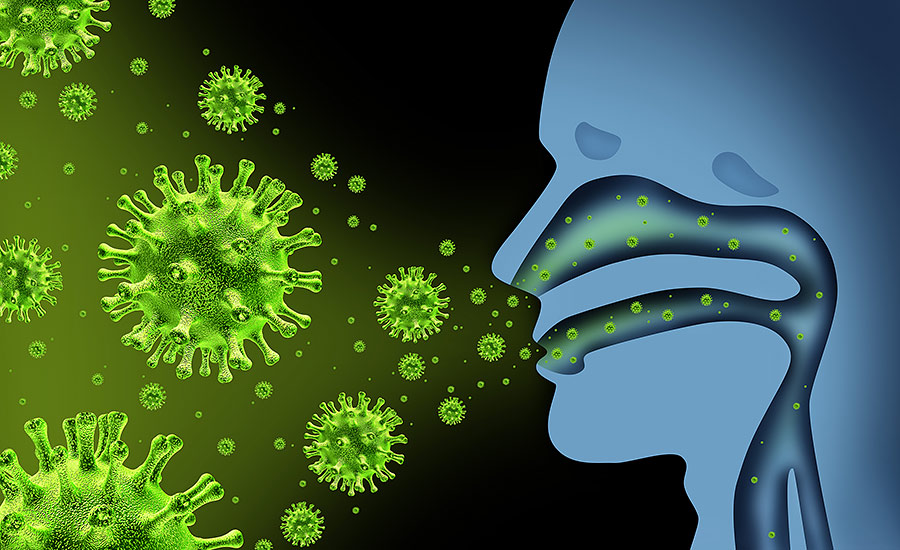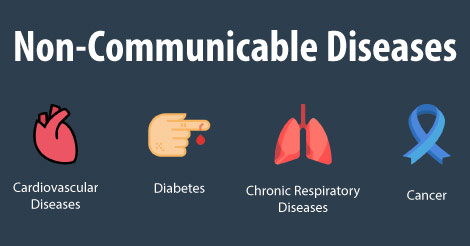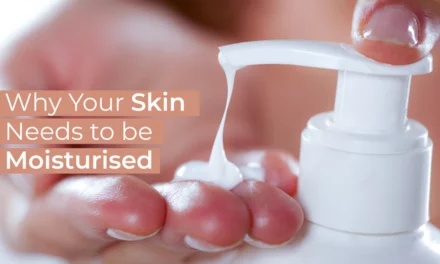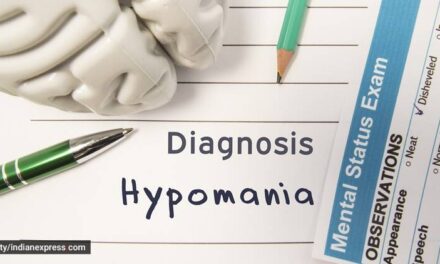Few things impact your life more than a serious health problem. Chronic diseases, including heart disease, stroke and diabetes; cancer; and communicable diseases affect the health of millions of people and cost billions of dollars in medical expenses every year in Missouri. Read this full article with PK Halder and get information about Communicable & Non-communicable diseases.

Lifestyle choices – such as not smoking, maintaining a healthy weight and being physically active – can help prevent some of the most common chronic diseases and some types of cancer. Regular health screenings can often discover chronic conditions and cancers early when treatment is more likely to be successful. Communicable diseases can often be prevented through a number of measures including vaccines and proper hand washing.
Communicable diseases
Communicable diseases are caused by germs transmitted through people, animals, surfaces, foods and air.

Influenza, or flu
This is a highly contagious viral respiratory illness. Flu can cause a worsening of chronic medical conditions such as heart disease, asthma and diabetes. To help prevent the spread of the flu, a flu shot is recommended every year, especially for people who are at high risk for flu complications. Other vaccine-preventable diseases include measles, mumps, polio, diphtheria, tetanus, whooping cough, chicken pox, hepatitis A and hepatitis B.
HIV
It is the virus that causes AIDS. It attacks a person’s immune system, reducing the body’s ability to fight off infections. Efforts to prevent the spread of the virus, counseling and testing individuals who are at high risk, and caring for people living with the disease are key to reducing HIV and AIDS in Missouri.
Zoonotic diseases
These are illnesses transmitted from animals to humans. West Nile Virus is spread through mosquito bites. Tick bites are responsible for a number of diseases including Lyme disease, Rocky Mountain spotted fever, ehrlichiosis, tularemia and Q Fever. Rabies is spread through a bite from an infected mammal, most often a bat. Taking precautions to avoid bites from mosquitoes, ticks and mammals is the best way to prevent the spread of zoonotic diseases.
Food borne illnesses
This can be prevented through safe food handling practices including proper hand washing, cooking foods to recommended temperatures and storing leftovers properly. To help promote food safety, the Missouri Department of Health and Senior Services and local public health agencies throughout the state regulate more than 30,000 food service and processing facilities and provide training on safe food handling, preparation and sanitation issues.
Tuberculosis
Tb is spread through the air from person to person, usually through close day-to-day contact with a person who has TB such as a family member, friend or close co-worker. TB can be treated and cured if prompt medical attention is received.
NON-COMMUNICABLE DISEASE
Non-communicable diseases are non-infectious in nature and thus do not spread like communicable diseases. Most NCDs are chronic and last for a longer period of time. NCDs account for approximately 71% of global deaths. Furthermore, these deaths are concentrated in middle and low-income countries. The four major death-causing NCDs are –
- Cardiovascular Diseases
- Cancer
- Respiratory Diseases
- Diabetes

Lifestyle Diseases
Diseases, like hypertension, diabetes, cancer, heart diseases, and stroke are a part of non-communicable diseases (NCD). Mental health diseases like trauma and depression are also included under this. Various physiological factors, along with improper diet and exercise, are a major cause of most NCDs.
Physiological Factors
-Blood Pressure
-Cholesterol
-Blood Glucose
-Hyperlipidemia
-Overweight or Obesity
Behavioral Factors
-Sedentary Lifestyle
-Unbalanced Diet
-Stress
-Tobacco and Alcohol
People of all ages, gender and region are prone to these risk factors. In this, the behavioural factors are modifiable with proper lifestyle changes.
Hypertension
High blood pressure is a sustained increase of systemic arterial blood pressure, typically more than 150/90 mm Hg. Essential or primary hypertension is seen in 90% of total hypersensitive individuals. In most persons, obesity and a sedentary lifestyle appear to play a major role in causing essential hypertension. This is treatable but not curable. The high salt content in canned and packaged foods can also lead to hypertension. Thus, it can be prevented with a proper diet and lifestyle.
Cardiovascular disease
The term denotes a group of disorders associated with the blood vessels and heart. Cardiovascular diseases include rheumatic heart disease, coronary heart disease, heart failure, heart attack, stroke, etc. The main reason is the blockage of blood vessels supplying the brain or heart. This blockage is caused due to fat deposits in the walls of blood vessels. Heart attack and stroke are the major NCDs and are usually acute events. Strokes are caused by blood clots or bleeding from the blood vessel.
Genetic Diseases
Genetical diseases are also NCDs that are caused due to abnormalities in genes or chromosomes. These errors can be either inherited or caused by mutations. Hemophilia, thalassemia, and muscular dystrophy are genetic diseases that run through generations in a family. Support and constant care are the only things that help to manage these disorders. Some other examples of genetic disorders are –
- Down’s Syndrome (mutation)
- Cystic Fibrosis (mutation and inherited)
- Huntington’s chorea (inherited)
The first step towards a cure is the management of these diseases. The management includes screening, detecting and treating the diseases. As NCDs are chronic, palliative care is also needed. Strengthening primary health care will significantly reduce the deaths associated with NCDs.
Reference












Your article helped me a lot, is there any more related content? Thanks!